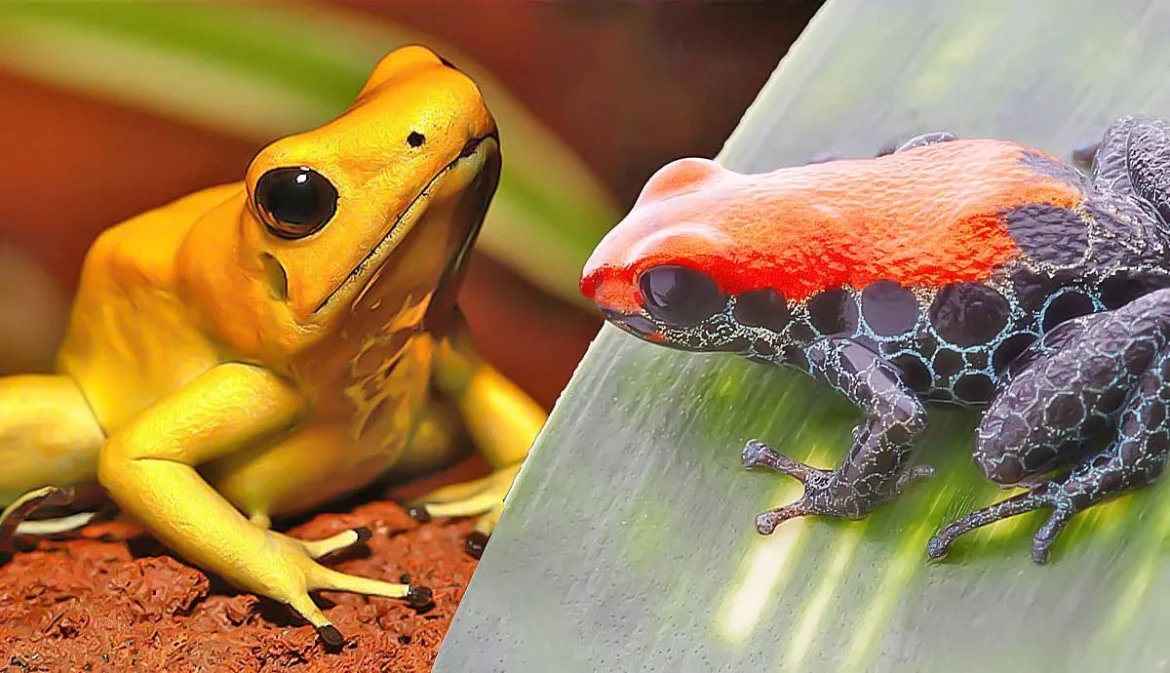4. Courtship and Reproduction: Poison dart frogs exhibit fascinating courtship rituals, with males engaging in elaborate displays of vocalization, calling, and territorial behavior to attract mates. Once a pair has formed, the female will lay her eggs in a moist, protected environment, such as the leaf litter or hollows in trees. The male will then guard the eggs and tadpoles until they hatch, providing parental care until they are ready to fend for themselves.
5. Conservation Challenges: Despite their formidable defenses, poison dart frogs face numerous threats in the wild, including habitat loss, climate change, pollution, and collection for the pet trade. Additionally, the spread of fungal diseases such as chytridiomycosis has decimated populations of amphibians worldwide, posing a significant threat to the long-term survival of many species of poison dart frogs.
6. Conservation Efforts: Conservation organizations and researchers are actively working to protect poison dart frogs and their habitats through habitat conservation, captive breeding programs, education, and public awareness campaigns. Efforts to combat illegal collection and trade, as well as the spread of diseases, are also underway to safeguard these iconic amphibians for future generations.
In conclusion, poison dart frogs are remarkable creatures with a deadly beauty that belies their small size. As symbols of the delicate balance between predator and prey, these frogs serve as a poignant reminder of the interconnectedness of all life forms in the intricate web of nature. By supporting conservation efforts and raising awareness about the importance of preserving their habitats, we can help ensure the survival of poison dart frogs and the myriad other species that depend on healthy ecosystems for their existence.

